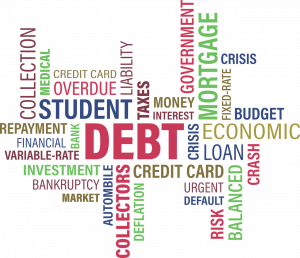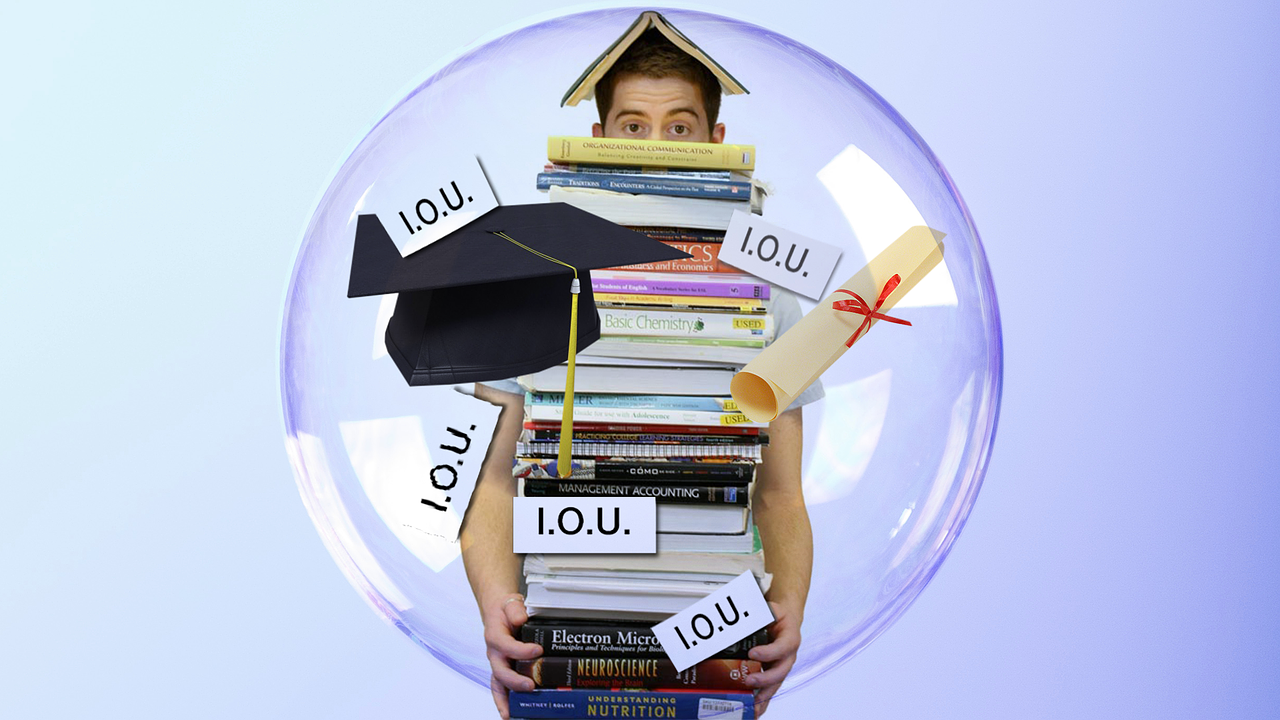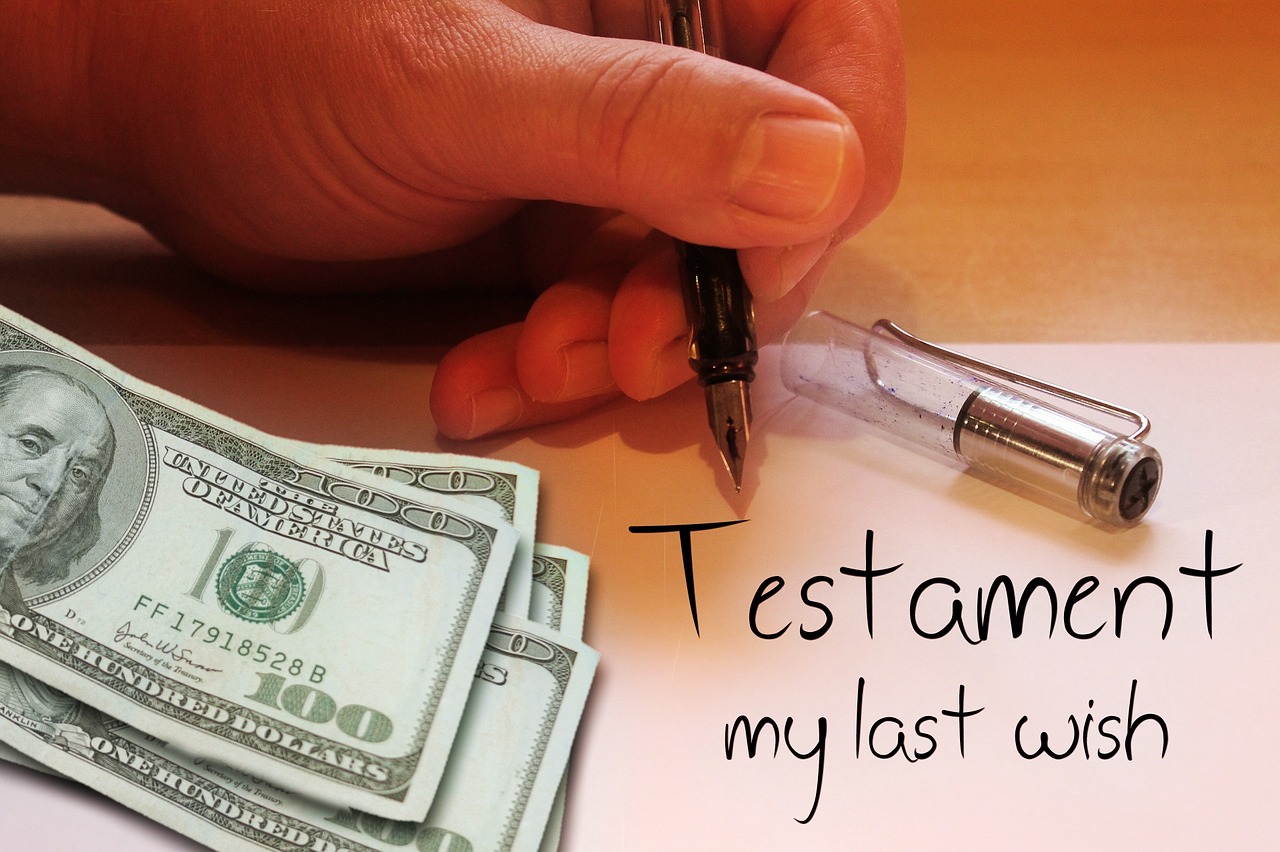At least 37 million borrowers of federal student loans during the last two years have seen a peek of an unimaginable reality: a world without loan payments or rising interest. Vanji Unruh, a 59-year-old child welfare lawyer from Exeter, California, might adapt to this reality. She borrowed around $26,000 in student loans to attend college in the 1980s, but they have followed her around ever since, ballooning to a total of $132,174 due to a 9% interest rate.
Even more incredible, according to the information she provided to The Balance, she has paid $93,594.44 since 2007 (as far back as her loan servicer’s records go), and all but 90 cents of that amount has gone to interest.
Since the age of 18, student loan debt has been a heavy burden in her life, she said. It is a part of who I am. Paying a debt that continues growing on a monthly basis is a terrible source of humiliation. I may feel guilty, but I am not.
More than 9 million borrowers, including Unruh, are enrolled in income-driven repayment (IDR) plans, which let you pay a percentage of your income (or even nothing, if you don’t make enough money) as opposed to a set amount. This may assist by making monthly payments more bearable, but the smaller payments have a few drawbacks: Even when borrowers are completing all of their payments, loan balances may still increase since they often aren’t enough to meet the monthly interest rate.

The first time Unruh’s interest rate was unable to increase her balance was when the government decided to freeze all commitments on federal loans at the beginning of the epidemic two years ago. By paying a total of $62,000 over the course of two years, she was able to “chisel down that interest,” and she even let herself turn up her home’s air conditioner in temperatures that sometimes reached 110 degrees.
Whether or not the borrowers were in IDR schemes, the unusual hiatus from payments and interest accrual has drastically altered the lives of many accounts. Another borrower paid down his debt, while Unruh made progress on hers. Others claimed to have had children, purchased homes, made stock market investments, or just managed to pay the rent without too much worry. Additionally, the delay has suggested erasing a part of each borrower’s amount more momentum. President Joe Biden reportedly said he may do precisely that using his executive power.
Evan White, executive director of the California Policy Lab at the University of California Berkeley, said that “it absolutely did have a big impact on people’s lives.” According to the research company, the impacted borrowers’ average monthly debt obligations (for items like mortgages and vehicle loans) were reduced by approximately a third as a result of the hiatus, freeing them an average of $210 each month.
As the freeze continues, new concerns about the student loan system surface. For example, how much is the rest of the nation paying for the reprieve? What modifications to the student loan system have to be made while it is in suspended animation? Does the system even need to be saved? The automatic forbearance period known as the freeze has already been extended six times, most recently to August 31.
Increasing Inflation and Favoring the Rich?
Both the protracted debt freeze and proposals to forgive some debt are opposed on the grounds that they are fundamentally unfair and unfairly favor higher-income White Americans who are more likely to have student debt, possibly as a result of their decision to attend more expensive schools (or as a result of being more likely to attend college) or their decision to forgo employment while in school.
They say that any money not used to pay down debt under the freeze has instead increased inflation, which earlier this year reached a four-decade high. They also consider any widespread cancellation of debt to be a bailout taxpayer shouldn’t have to pay.
Americans for Tax Reform said in a statement published in March that “the federal government is flooding the economy with so much money (through giveaways, subsidies, or payment pauses) that demand is expanding too fast for output to keep up with. Although such an argument has some validity, analysts pointed out that the forbearance period is not the main source of new funds for the economy.
According to Marc Goldwein, senior policy director at the Committee for a Responsible Federal Budget, the suspension, supposing it lasts through August, would have boosted the economy by around $200 billion. This is a large sum, but it pales compared to the billions of dollars the government spent in response to COVID-19, including $953 billion for the Paycheck Protection Program and $867 billion for three rounds of stimulus payments.
According to Goldwein, the PCE inflation rate increased from 1.9 percent to 6.3 percent over the course of the two years, or maybe 0.2 percentage points each year.
William Chittenden, an associate professor of finance at Texas State University, said that any rise in spending would assist to some extent contribute to inflation but because this is such a little portion of it, he doesn’t view that as the driver. The major causes, according to him, are supply constraints and bottlenecks brought on by the epidemic and the conflict in Ukraine.
Homes and Kids
While some borrowers, like Unruh, utilized the freeze to reduce their debt, other borrowers actually used the money they would have spent on student loan payments for other purposes, giving credence to both the arguments against loan forgiveness and the worries about inflation.
Student loan debt, according to those who want forgiveness, is an unjust burden that many people are forced to shoulder: The average tuition at four-year universities has at least quadrupled over the last 30 years (though the rate of rising did decline during the epidemic), and that’s after correcting for inflation while state and municipal financing for higher education has decreased. 3
Additionally, proponents claim that the student loan system is structurally faulty due to the fact that many borrowers are unable to repay their debts, much alone pursuing many of the other aspects of the American Dream. Indeed, Oklahoma City resident Lauren Hall said that the suspension of her $800 monthly payments allowed her and her husband to purchase a home. She had another kid after quitting her profession as an allergy expert to remain at home with her then-6-month-old son.
Hall said in a direct message on social media that “the stoppage essentially created this domino effect in our financials.” In order to ultimately quit renting and purchase a home, “we took what we would have spent in loan payments and daycare payments (which pretty much swallowed up my whole paycheck) and placed that in a savings account.” She would likely be obliged to return to work and enroll her children in a $2,000 a month daycare facility if and when her payments begin. The only thing that would need a second job in our household, according to her, is if student debts resumed.
A faulty system?
Over the last several decades, the federal student loan program has grown significantly. According to a 2020 estimate from the Congressional Budget Office, 8.6 million students received $96 billion in new federal student loans in 2017, compared to 4.1 million students receiving $36 billion (in 2017 currency) in 1995. Total outstanding amounts were more than multiplied by seven over those 22 years, going from $187 billion to $1.4 trillion (in 2017 dollars).
Advocates seeking debt forgiveness cite the sheer number of borrowers who weren’t making loan payments prior to COVID-19 as proof that the system is dysfunctional.
Also Read: Four Obstacles You’ll Face in a Growing Team
According to the National Student Loan Data System, at the end of 2019, 41% of federally-administered student loans that you’d expect to be repaid (i.e., not loans taken out by persons who are still in school or during the grace period that comes after) were in default, deferral, or forbearance. And it doesn’t even include the millions believed to be on an IDR plan that is completely free.
Student Loan Justice’s founder, Alan Collinge, said in a Facebook chat exchange that “the loan system is broken.”
Black borrowers may have benefitted more from the suspension since they were more likely to be in default or otherwise unable to pay their loans, according to Fenaba Addo, an associate professor of public policy at the University of North Carolina at Chapel Hill. According to a Center for American Progress review of statistics until 2017, compared to 13 percent of White graduates, 32% of Black or African American students who graduated in 2011–2012 were in default. 5
Furthermore, even when payments are being paid, it’s all too usual for debt to grow. Only one in four borrowers of federal student loans, according to Betsy DeVos, who was the education secretary at the time, were making principle and interest payments in December 2019. 6
Furthermore, according to the 2020 CBO study, 56 percent of borrowers who began their payback term between 2010 and 2014 had an increase in balance between that time and 2017, either as a result of the default, temporary payment missed, or participation in an IDR plan.
Even though Unruh’s employment earns more than $70,000 a year, she doesn’t see how she will be able to pay off her whole sum, much alone retire with any money saved.
Despite the fact that loans in IDR plans, which were first offered in 1994, are eligible for forgiveness after 20–25 years of payments (and Unruh’s position in the public sector should make her eligible for forgiveness under a different path, she said), there have been a number of challenges and dead ends, according to her. She is, to put it mildly, disheartened due to the loan servicer’s lack of records prior to 2007, Unruh’s prior instances of forbearance or default, and the government’s apparently constant rule-changing.
She said, “I’m going to choose the death discharge method, where your debts are forgiven when you pass away.
Until I can’t postpone any longer
Borrowers that don’t anticipate being able to repay their debts are never a good indicator. In order to avoid having to begin student debt payments, Bobbie Goodrum, an assistant school superintendent in Farmington, Michigan, went back to school and earned a doctorate in educational leadership.
Goodrum has an impressive six-figure income, but she and her husband owe more than $200,000 in school debts, according to her estimates. In addition, she said, “living is super-expensive, particularly with children.” The majority of their student debts are on some kind of deferral, she added, allowing them to temporarily forgo payments.
She stated, “The number is so huge, you feel worried just thinking about it.” I intend to postpone until I am unable to postpone any longer.
The pandemic forbearance period was primarily intended to allow student borrowers some breathing space at a time when companies were closing and firing people in large numbers. It was first permitted by the CARES Act and subsequently extended by President Donald Trump and Vice President Joe Biden. However, the unemployment rate is already almost back to pre-pandemic levels, and despite a prolonged labor shortage, employees in many areas are in great demand.
The frequent expansions have drawn criticism from opponents who remember emergency epidemic responses like enhanced jobless compensation.
According to Goldwein of the Committee for a Responsible Federal Budget, “there is no economic reason.”
Persistent failures
The most recent justification offered by Biden for keeping the delay in place appears to go beyond the original goal. The Federal Reserve Bank of New York recently reported that many borrowers would fall behind on their student loans and other debts if payments resumed as originally scheduled in May. In his April announcement extending it for the sixth time, he said he wanted to help borrowers avoid financial distress as well as give the Education Department more time to improve some of the loan programs.
Two weeks later, the government said a number of modifications were being made to address persistent issues with two programs: the Public Service Loan Forgiveness program and the IDR program, in which Unruh is enrolled. According to the agency, both have prevented borrowers from receiving their proper shot at debt forgiveness due to bureaucratic bottlenecks, poor record keeping, and mismanagement by the corporations that serve the accounts. 7
But Goldwein argues that it makes no sense to stop making payments since the mechanism for repaying student loans is flawed.
Should tax payments not be collected while the tax law is being changed? stated Goldwein. “Pausing all of the chaos would be disastrous. While the train is going, fix it.
Loan forgiveness generally
There are still unanswered uncertainties about the system’s structure and when student loan payments will restart. The Biden administration hasn’t ruled out renewing the forbearance, and Biden hinted in late April that he would soon approve a $10,000 per borrower nationwide debt forgiveness program. More subsequently, the Washington Post cited three persons with knowledge of the situation in saying that he had settled on $10,000 for borrowers with specified incomes. 8
There are differing opinions on a possible $10,000 in debt forgiveness. Alisha Bell, a county commissioner in Michigan, said she owes approximately $20,000 after taking out loans totaling about $30,000, and she claimed a $10,000 reduction would let her see “light at the end of the tunnel.”
It would be a “drop in the bucket” for Goodrum, the assistant superintendent who owes ten times that amount, but a positive move for society, she added.
Michael Lingberg, a public information officer for the state’s department of transportation from Bishop, California, wouldn’t object to others receiving forgiveness despite the fact that he used the interest-free period to pay off his entire $60,000 debt during the break by investing every penny he had. He utilized tax returns, government stimulus cheques, the $800 he made photography weddings, and even the $50 he made weeding.
What the government may or may not do is unimportant to me. I’ve cleaned my hands of it,” he said in a direct message on social media. “Good for them if other individuals have part of their debts erased.”
Get daily analysis, insights, and money-saving advice sent right to your email each morning!
Do you have any information or event for PJTV NEWS to publish or cover? Kindly Call us on +2348063615010 or send us message on Whatsapp number +2348063615010 or send us an email pjtvnews@gmail.com









